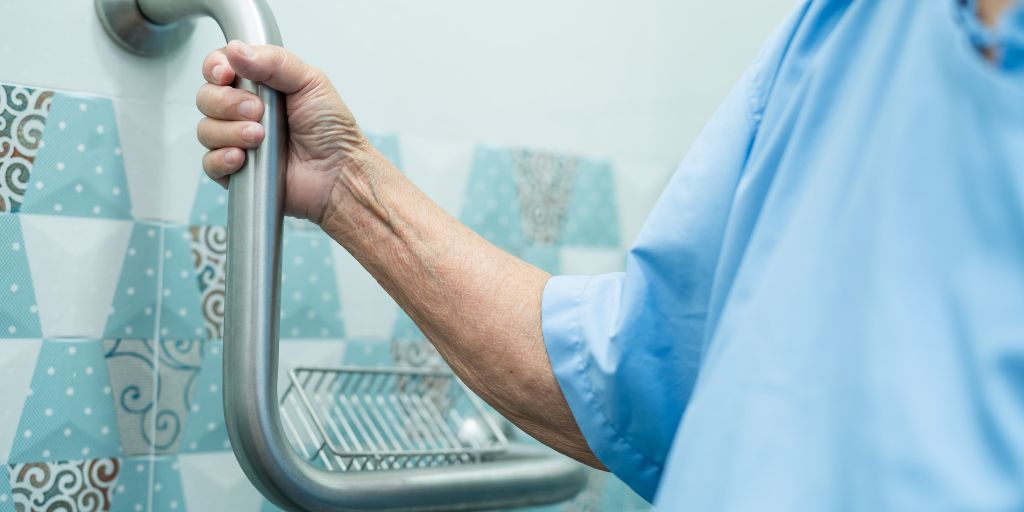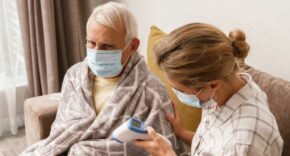
Bathroom falls remain one of the most serious risks for elderly and mobility-impaired individuals, with wet surfaces and traditional bathing fixtures creating hazardous environments. Recent advances in bathroom safety technology are making this daily necessity safer and more supportive of independence and wellbeing. The integration of purpose-built walk-in baths and showers represents an important development in fall prevention strategies for vulnerable populations.
Healthcare professionals increasingly recognise these accessible bathing solutions as essential components in well-rounded care plans rather than simple home modifications. The evolution of these systems now incorporates advanced safety features including non-slip flooring, thermostatic controls, and ergonomic seating, all designed with clinical input to address specific mobility challenges. As the healthcare sector adopts preventative approaches to reduce hospital admissions, these technological adaptations offer documented benefits beyond basic accessibility.
The Healthcare Burden of Bathroom Falls
Bathroom falls can create significant challenges for the UK healthcare system, especially among older adults. These incidents often result in emergency hospital admissions and increased demand for medical resources.
Falls are a major cause of unintentional injury-related deaths worldwide, with many incidents linked to unsafe bathroom conditions.
For those experiencing a bathroom fall, repeated falls are more likely if environmental modifications remain unaddressed. These recurrences can result in additional injuries and continued strain on healthcare resources.
Evidence-Based Bathroom Technology for Fall Prevention
Standardised assessment tools guide clinicians in recommending appropriate bathroom safety technology. When evaluations identify difficulties with bath entry or limited grip strength, targeted interventions such as walk-in baths with seated entry or strategically placed grab bars become indicated.
For patients with higher risk profiles, thorough recommendations include non-slip flooring and thermostatic controls. This assessment-driven approach directs professionals toward personalised solutions rather than generic interventions.
Modern non-slip flooring provides benefits beyond traditional grab rails. These surfaces incorporate antimicrobial properties and textures that maintain grip consistency even when wet. For those seeking quality solutions, The Walk In Bath Co offers walk in baths and showers with advanced safety features.
Proper installation remains essential. Incorrectly fitted flooring can create dangerous gaps, requiring professional installation to maintain safety benefits. These specialised surfaces can help lower slip incidents related to water and soap residue.
Water temperature regulation plays a vital safety role. Thermostatic valves prevent sudden hot water surges and potential burns. This protection particularly benefits individuals with sensory or cognitive challenges who may struggle to respond to temperature fluctuations.
Technology Selection Based on Patient Mobility Assessment
Healthcare professionals select bathroom safety features following thorough mobility evaluation. The Timed Up and Go test helps identify walking and balance difficulties. Poor performance indicates higher fall risk, particularly on slippery surfaces.
When mobility deficits exist, recommendations shift toward walk in showers or baths with stable entry points, appropriately positioned grab rails, height-adjustable seating, and non-slip flooring. Post-installation assessment can demonstrate improved mobility metrics or increased patient confidence.
Walk in baths suit individuals who prefer immersion bathing but cannot safely use conventional high-sided tubs. Their watertight doors, integrated seating, and strategically placed handholds align with research showing bath devices improve safety for older adults.
For those with advanced mobility limitations or wheelchair use, walk in showers with zero-threshold entry provide optimal accessibility. Progressive conditions benefit from modular systems that accommodate changing needs without requiring complete renovation.
Digital Integration in Modern Accessible Bathrooms
Digital monitoring systems improve safety while supporting independent living. Motion sensors detect extended bathroom stays or unusual movement patterns, triggering alerts through nurse call systems or caregiver devices. Research demonstrates sensor-based monitoring can reduce fall likelihood in controlled environments.
Emergency response capabilities have moved beyond traditional pull-cords to include waterproof voice-activated or wearable devices. These technologies lower incident response times and may prevent additional injuries following falls.
Usage tracking features record bathing frequency and duration. Healthcare providers reviewing this data can identify early changes in mobility or routine that might indicate increasing risk. Remote monitoring platforms keep care teams informed without compromising privacy.
Quantifying Healthcare Outcomes of Bathroom Safety Technology
While anecdotal reports suggest reduced fall rates and cost benefits in UK healthcare settings, peer-reviewed studies quantifying specific reduction percentages for walk in baths and showers remain limited in national databases. Qualitative research indicates positive experiences immediately after accessible shower installation, with benefits persisting up to 28 months later.
For accurate outcome measurement, healthcare providers should consult local falls service audits or operational reports specific to their region. Until thorough research becomes available, recommended practice involves monitoring fall rates and functional assessment scores before and after installation.
Standard NHS metrics provide useful data points for tracking improvements. Healthcare professionals should document these outcomes through local health improvement programmes to build the evidence base for bathroom safety interventions.
Patient independence metrics and activities of daily living assessments offer additional outcome measures. These functional improvements can help reduce caregiver burden and delay institutional care requirements.
Implementation Strategies for Healthcare Providers
Funding pathways include NHS continuing healthcare allocations, local authority grants, and pooled care budgets. Thorough documentation demonstrating how specific features address individual risk factors supports successful funding applications and improves care results.
Establishing suitable funding channels and ensuring correct application documentation creates a basis for coordinated implementation. Multidisciplinary assessment achieves the best results, with occupational therapists, physiotherapists, and nurses addressing different aspects of patient needs.
Occupational therapists evaluate movement limitations, physiotherapists assess transfer techniques, and nurses consider other conditions affecting safe bathing. This collaborative approach ensures selected adaptations address both immediate safety concerns and long-term wellbeing.
Clinical documentation should clearly connect physical impairments to specific bathroom hazards and explain how particular technologies address these risks. This fact-based approach secures funding approval and supports positive patient outcomes.
The integration of walk-in baths and showers, digital monitoring systems, and tailored adaptations can meaningfully improve bathroom safety for individuals with mobility challenges. When these technologies form part of a focused, needs-based approach, they may contribute to reduced falls, increased confidence, and decreased strain on healthcare services.











